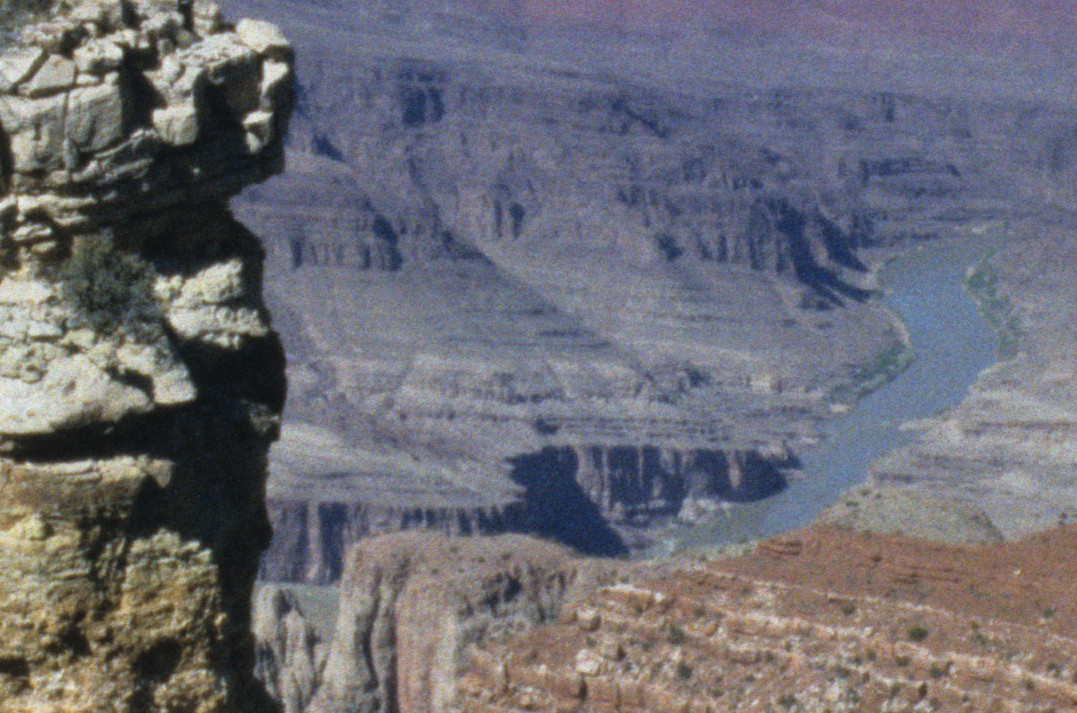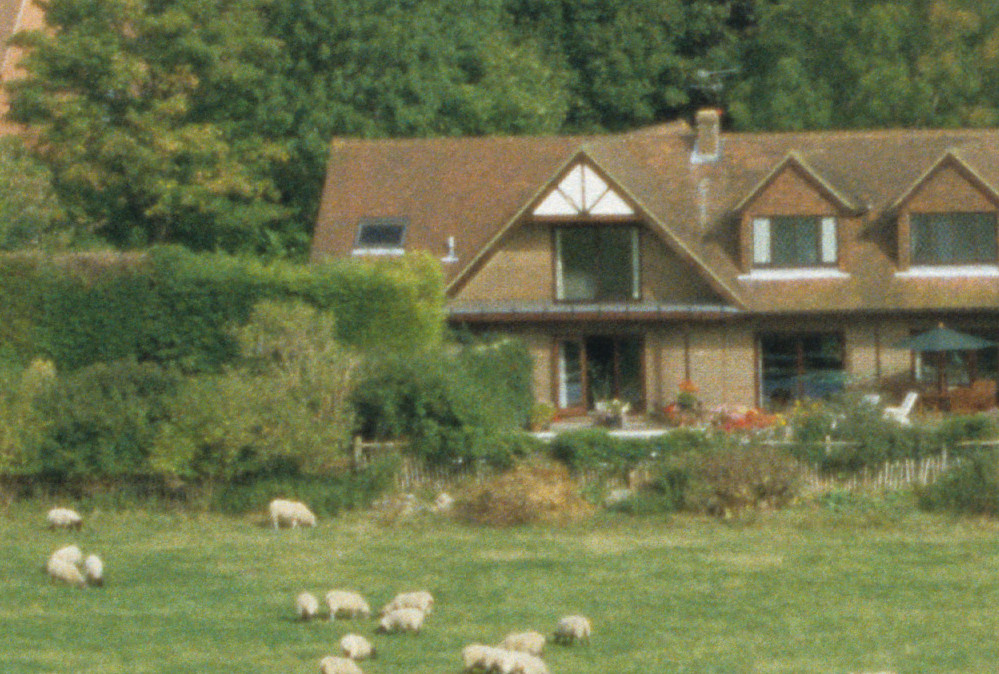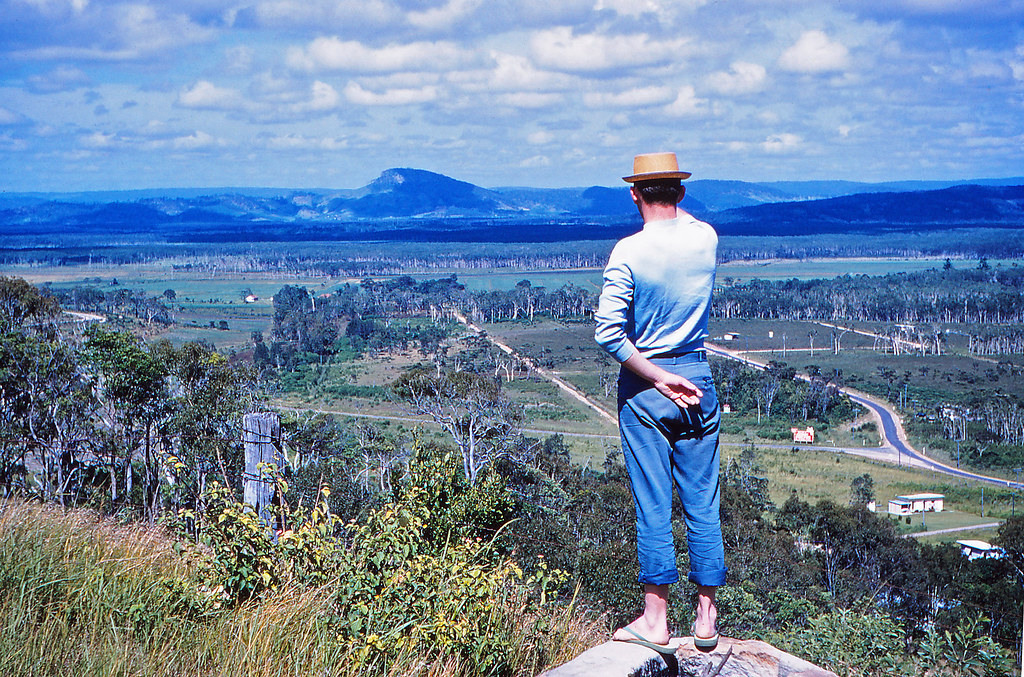 Originally posted by madbrain
Originally posted by madbrain 
Thanks for the pointer. The price looks reasonable. But it looks like they are only offering 10MP quality per slide, ie. 3000 dpi. That seems rather low. When he was alive, I remember my father using slide scanner and manually scanning a few slides at closer to 9600 dpi with his Epson scanner, which she still has, but she doesn't have time to scan at all.
I believe that higher resolutions are available at a different price point.
Edit: Yes, they offer 4000 dpi (~21 Mpx) for an additional $0.14 per slide.
As for scan resolution, I have a fair amount of experience with slide and negative scanning and am fairly confident that few, if any, of the color slides in most photographer's collections would benefit from scans at higher than 4000 dpi (~21 Mpx). Drum and Flextight scans are available at up to 8000 dpi, but the price is prohibitive for bulk work. As for 9600 dpi on an Epson...that may be the claim on the box, but the real world limit for flat-bed scanners is about 2300 dpi.*
As noted above, availability of so-called Digital ICE for scratch/dust mitigation is a big thing. Even bigger might be the ability to accurately reproduce a Kodachrome slide. Most scanners have trouble there and the same is probably true of a dSLR. (Never actually tried since I lack the setup and have two film scanners.)
 Originally posted by Schraubstock
Originally posted by Schraubstock 
Interesting, I have two duplicators (with bellows) neither of which will scan the full picture when mounted on a APSC cam, on the K-1 however they will. Maybe it is a lens issue but I have used every lens I thought were suitable without success.
It is a bellows/duplicator issue. The full explanation is quite involved, but the problem with APS-C is the ability to manage 1:1.5 reproduction ratio with working distance appropriate for most slide duplicators.
Steve
* The matter of scanner resolution claims is the dirty secret of the scanner industry. Very few scanners are able to deliver the advertised numbers when scans are done using a standardized resolution target. While the detector may be up to the task, the optical path is generally not. I did a study a few years back (posted on this site) between my Epson V700 and Nikon 5000 ED and was able to demonstrate the limits of the Epson by comparison to the Nikon.
Last edited by stevebrot; 02-13-2017 at 10:06 AM.


 Similar Threads
Similar Threads 
















 Post #22 by stevebrot
Post #22 by stevebrot








